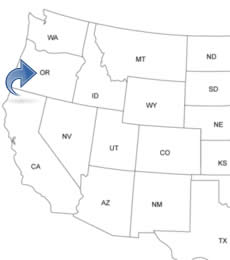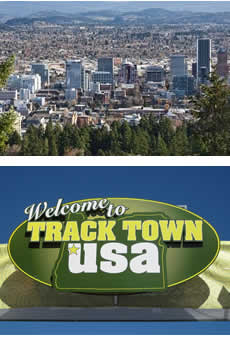OREGON PEOPLE SEARCH!
- ✔ Contact Info
- ✔ Phone Numbers
- ✔ Criminal Records
- ✔ Income Info
- ✔ Neighbors
- ✔ People's Age
- ✔ Property Ownership
- ✔ And Much More
Eugene, Oregon
Eugene is located in the central-western part and is today the third largest city in the U.S. State of Oregon. Emerald Valley. The Emerald City. Eugene has a unique mix of arts, culture, education, and scenic beauty, and the city has more than 100 parks. The city has good recreational opportunities like bicycling, jogging and kayaking. The Saturday Market in Eugene has been continuously in operation since 1970. Eugene is home to the University of Oregon and the company Nike was founded by University of Oregon track athlete Philip Knight and his coach Bill Bowerman.
To See And To Do In Eugene
- Oregon Wine Tours
- Valley River Center
- Museum of Natural and Cultural History
- Jordan Schnitzer Museum of Art
- Maude Kerns Art Center
- Conger Street Clock Museum
- The Shelton-McMurphey-Johnson House
- Hendricks Park
- The Eugene Symphony Orchestra
- Alton Baker Park
History Of Eugene - Timeline
In 1846, the first known cabin in Eugene was built by Eugene Franklin Skinner. In 1850, the cabin served as a trading post and as a post office. In 1851, James Huddleston opened a store.
In 1852, a townsite was laid out by Eugene Franklin Skinner, and more and more settlers moved to the town, and the first house was built by Judge D. M. Risdon within the corporate limits. After heavy rains in the town, it earned the nickname Skinner Mudhole.
In 1853, the town plat was made on higher ground and the same year a post office building was completed. In 1855, the first stagecoach reached the town. In 1856, the first public school was established. In 1858, the first newspaper was published.
In 1862, Eugene was incorporated. In 1864, the community took the name, City of Eugene, and the first telegraph reached the city. In 1871, the railroad was completed and gas lights were installed in the streets. In 1872, a fire department was organized. In 1876, the University of Oregon opened. In 1883, the first City Hall was built and the first banks were established.
In 1887, electric streetlights were built. In 1894, the telephone was working in the city. In 1898, the first hospital in the city started.
In 1904, the first automobile was seen in the city. In 1907, electric streetcars were operating in the city. In 1914, the sewer system was completed. In 1919, Eugene Municipal Airport was constructed. In 1927, buses replaced the street cars. In 1940, in downtown, the first parking meters was erected.
In 1962, the new City Hall was completed. In 1964, Nike, originally known as Blue Ribbon Sports, was founded by University of Oregon track athlete Philip Knight and his coach Bill Bowerman. In 1970, the Eugene Saturday Market, an outdoor craft market, was founded. It was the first Saturday Market in the United States. In 1982, the facility the Hult Center for the Performing Arts was built.

